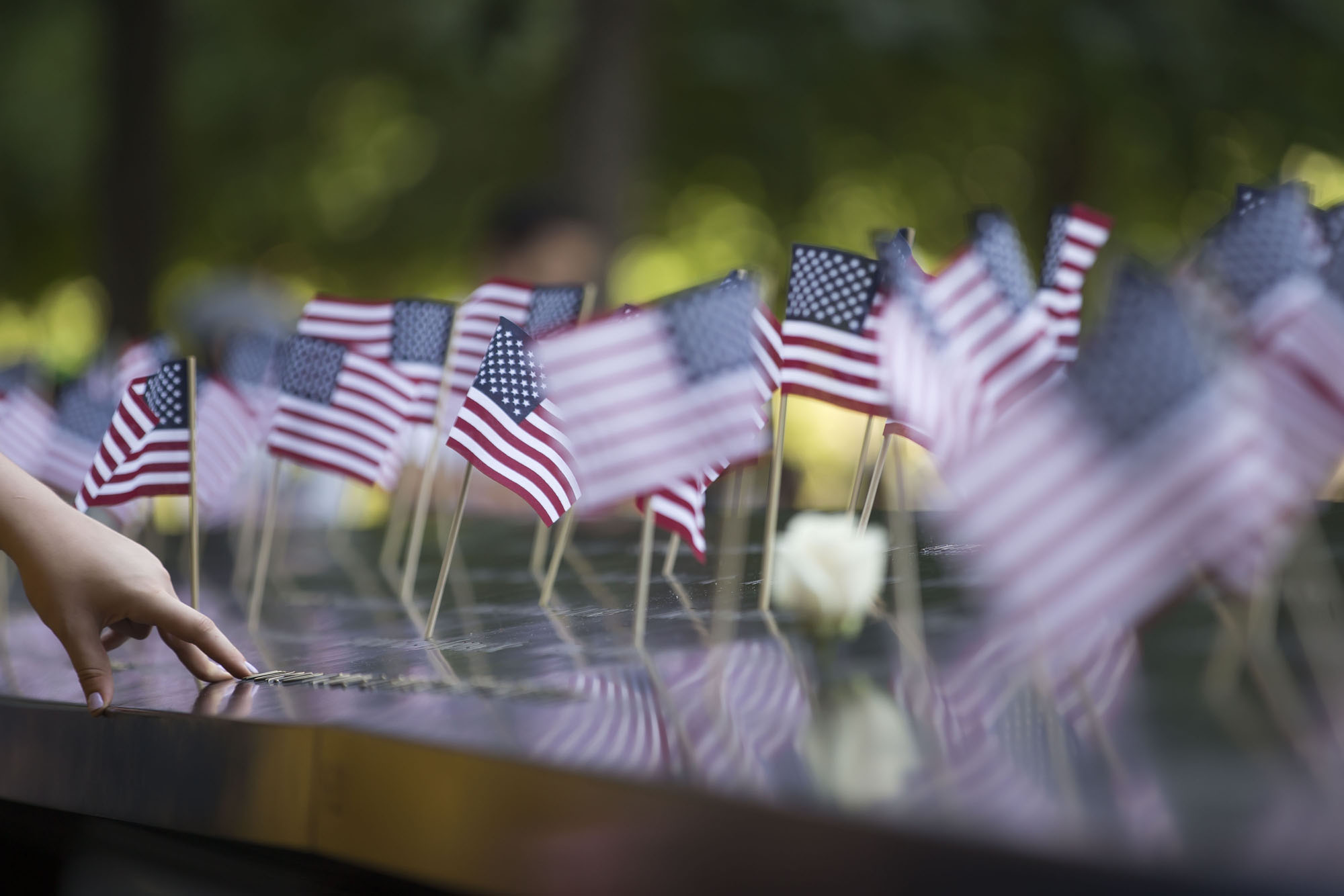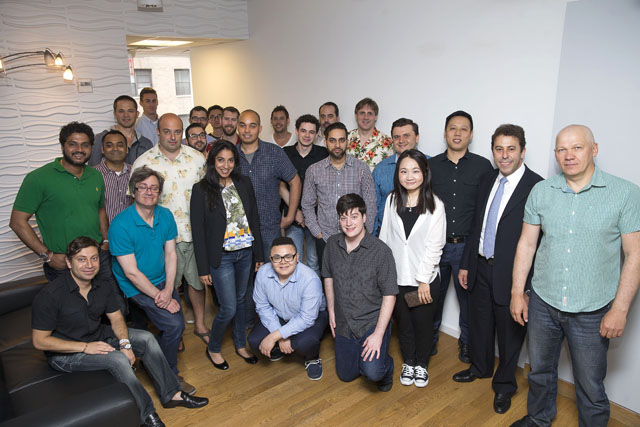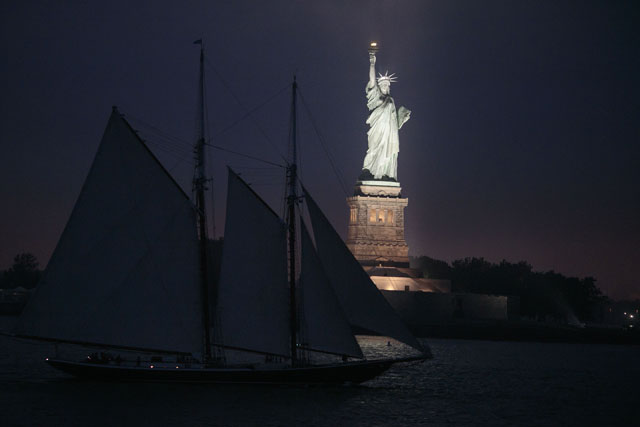The Leica Q has been out for nearly a year now, and there are loads of reviews online that discuss the pros and cons of the lens and the sensor and all the technical specifications of this little full frame, fixed lens digital compact camera. People call it the best full frame compact camera ever made and boast about its solid construction and fast lens, but how is it really to shoot with? Does it improve on elements of the Leica M (type 240) or does it lack that "Leica feel?" The primary reason I bought this camera was to have an incredible little carry around 35mm camera and as a companion to my Leica M with a 50mm 1.4 lens. I hope that both cameras working together at an event will provide me enough choice and variation to have similar but different looks. My standard event cameras right now are 2 Canon's, a 5DS with a 24-70mm F2.8 lens and 1DX with a 70-200mm F2.8 lens. While 2 Leica's are not going to give me anywhere near the flexibility of this setup, they are going to force me out of my comfort zone, make me move more for the right images, and hopefully get me some incredible images. I'm not always in the mood for the work that a Leica requires, and often the work I do just won't allow me the time to work with a manual focus rangefinder, but this is where the Leica Q fills in some gaps and hopefully opens me up for some different looking and possibly more creative work.
Leica Q - Price
First, let's begin with the price of this camera. It's definitely on the high end, much higher than any other camera that even comes close to it. You could buy a Sony RXRII and still have over $1000 left to buy a Ricoh GRII, both very similarly slated little cameras. The category these all seem to fit into is "Street camera" which I guess means that they're carry around, unobtrusive fairly wide lens cameras. Funnily enough they're about the same focal length that Apple decided to use for the iPhone. It's actually changed since the iPhone 4S and is now a little wider and even closer to the field of view of the Leica Q. It's not necessarily everyones favorite field of view, and I'd say for a lot of the work I do it lands kind of in the middle of not quite right. It's not wide enough to push an image and have the stylized look of a 16mm-24mm focal length and its not quite tight enough to be distortion free and really throw out the background like a "normal" 50mm lens. However the reason I like the focal length so much is that it is about as wide as you can go without the image showing too much distortion/perspective/wide-angle-ness. It's hard to explain, but when I shoot with a 24mm lens, everything starts to look like its being forced into the frame, the vanishing point is pushed back and everything starts to play into the perspective of a wide lens. That's certainly a look and style that can be used to your advantage. Photojournalists often heavily rely on the wider lenses to really draw people into an image, they shoot close and wide on their subjects, and it creates a definite look. The 50mm lens is often described as normal and I think thats because it really just describes the subject as plainly and with less distortion as possible. People say its hows the human eye sees, but I've never agreed with that. The pictures a 50mm lens make, certainly depict what the human eye sees as plainly as possible without any distortion from the lens, but it crops the world more than what my eyes see. This is possibly turning into a nonessential or even nonsensical ramble about my opinion of shooting super wide, but it does illustrate how comfortable a 28mm field of view feels to me. It's just right. Wikipedia actually describes it perfectly "In photography and cinematography, a normal lens is a lens that reproduces a field of view that generally looks "natural" to a human observer under normal viewing conditions, as compared with lenses with longer or shorter focal lengths which produce an expanded or contracted field of view that distorts the perspective when viewed from a normal viewing distance"




 9/11 Memorial commemorates Independence Day by placing American flags on every name on the 4th of July in New York City. (Photo by Ben Hider)
9/11 Memorial commemorates Independence Day by placing American flags on every name on the 4th of July in New York City. (Photo by Ben Hider)





















































